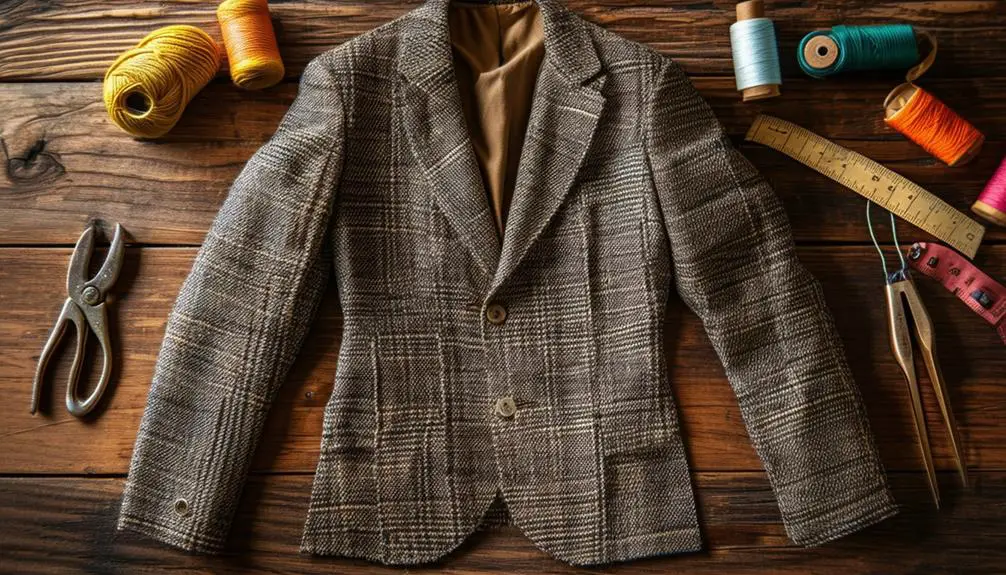Experts are questioning the necessity of multiple clothing items in light of increased consumption and environmental concerns, urging a shift toward quality over quantity.
In recent discussions about wardrobe management, a recurring question has emerged: how many white T-shirts does a person actually need? While there is no definitive answer, experts suggest that the number of clothing items an individual owns is significantly higher than it was two decades ago. Oliver Franklin-Wallis, an editor at British GQ and author of “Wasteland: The Secret World of Waste and the Urgent Search for a Cleaner Future,” emphasizes that the proliferation of fast fashion has contributed to a dramatic increase in global clothing production, which has more than doubled in the last 25 years.
According to Franklin-Wallis, consumers now purchase approximately 60% more clothing per capita than in the past while the duration of wear has been halved. This shift has resulted in a striking statistic: Americans are discarding an average of 81.5 pounds of clothing per person each year. In response to this burgeoning issue, Franklin-Wallis advocates for a twofold solution: buying fewer but higher-quality items and extending the lifespan of existing garments to prevent them from contributing to the waste stream.
Various philosophies surrounding closet decluttering have gained popularity. These range from Marie Kondo’s KonMari Method™, which prompts individuals to ask if an item “sparks joy,” to the 90/90 rule, which questions whether an item has been worn in the last 90 days or will be worn in the next 90. The Swedish Art of Death Cleaning also offers a distinctive approach, encouraging individuals to ponder if an item adds richness to their life. Tyler Moore, known as The Tidy Dad and a fifth-grade teacher in New York City, notes that many individuals hold onto clothing for hypothetical future scenarios, such as the potential need for an outfit following weight loss or special event invites.
Moore’s minimalist strategy allows him to fit all of his clothing into a closet measuring just 14 inches wide. He adheres to a strict color palette, places emphasis on quality over quantity, and is discerning regarding his purchases. “You wear 20% of your clothes 80% of the time,” he asserts, underscoring the importance of maintaining a functional and enjoyable wardrobe.
When it comes to donating clothing, decluttering experts recommend initially sorting through garments and categorizing them into “keep,” “donate,” and “throw away” piles. However, Franklin-Wallis advises caution, particularly regarding what is donated. He states, “The number one rule is never donate anything that you wouldn’t want to wear yourself.” He highlights the possibility that donated items may be sent overseas, particularly to parts of the Global South, where local waste management systems can be less equipped to handle subpar clothing.
Overall, the discourse around managing personal wardrobes reflects broader trends in consumerism, sustainability, and the impact of global fashion industries on local economies and the environment.
Source: Noah Wire Services



